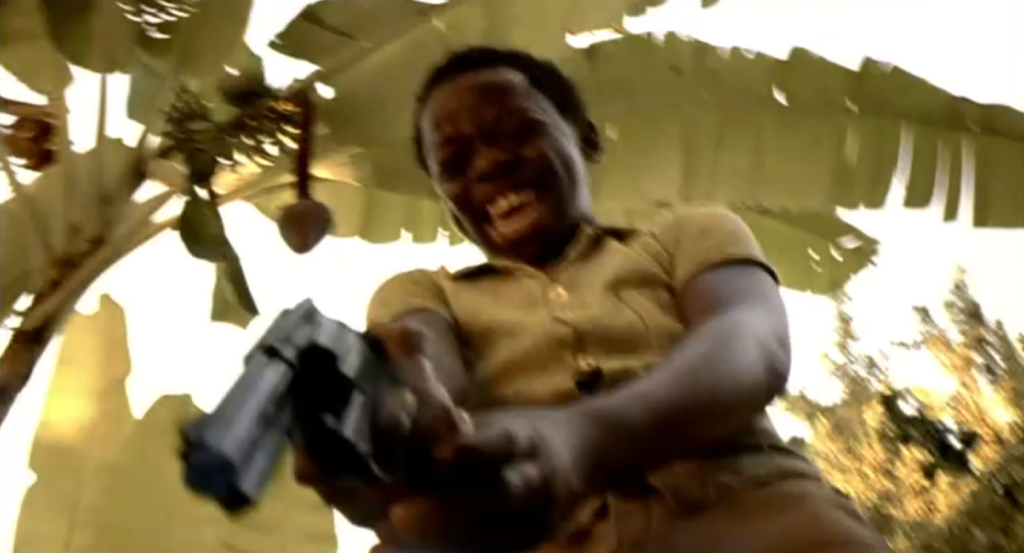
NEA spreadsheet


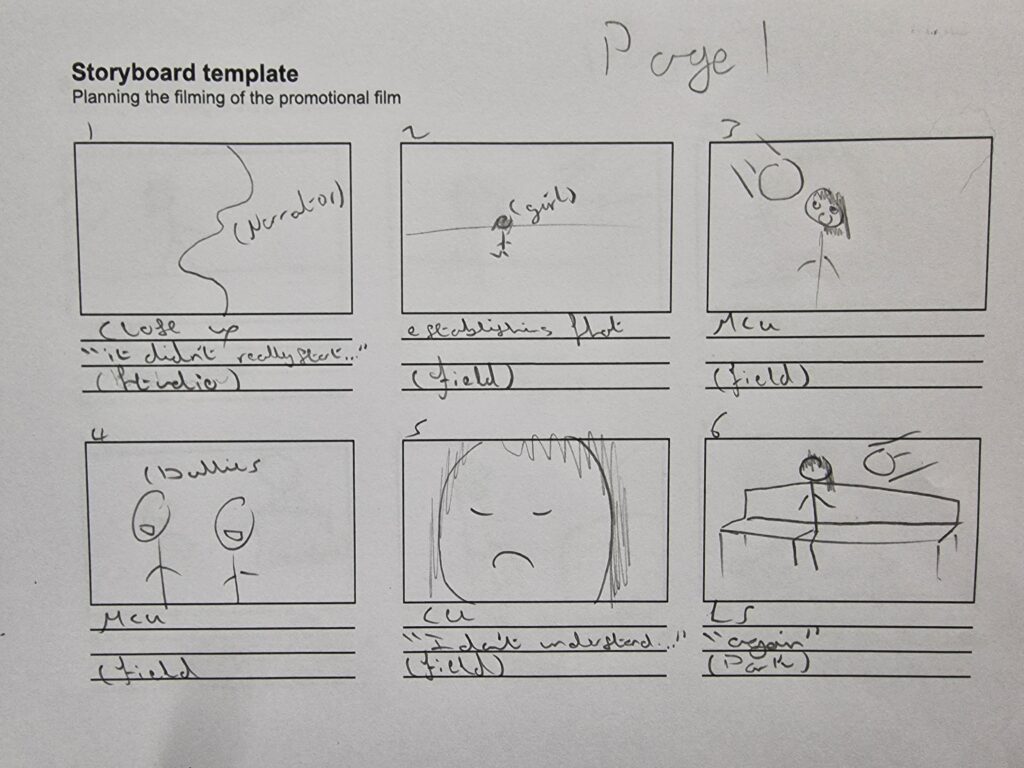
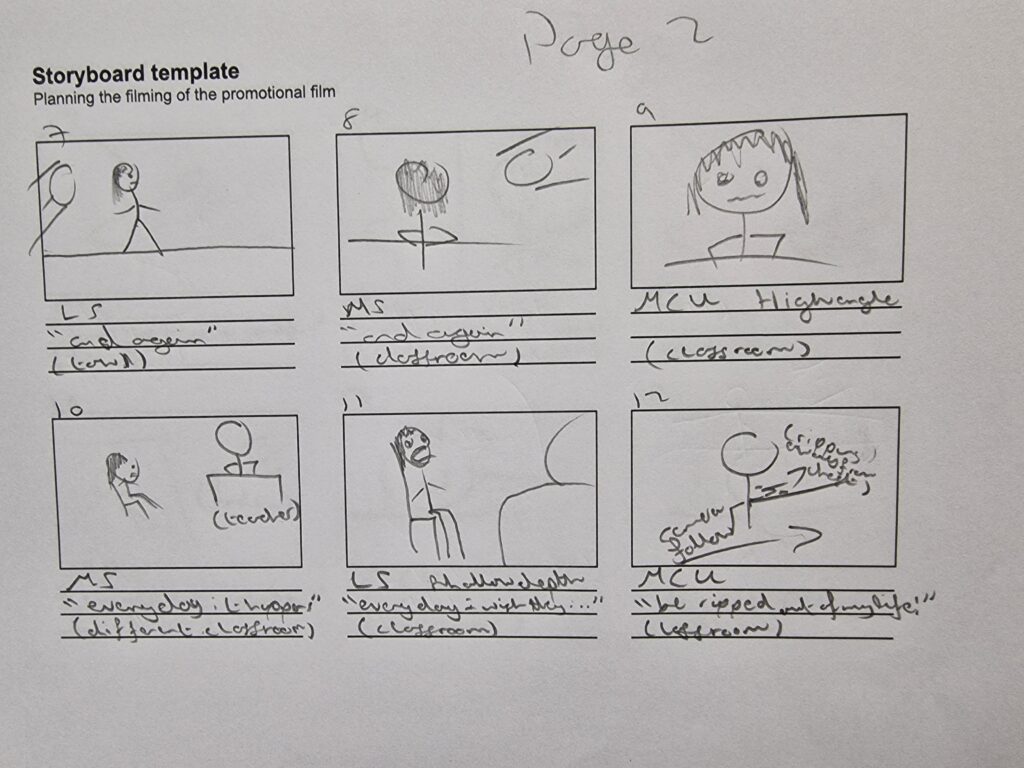
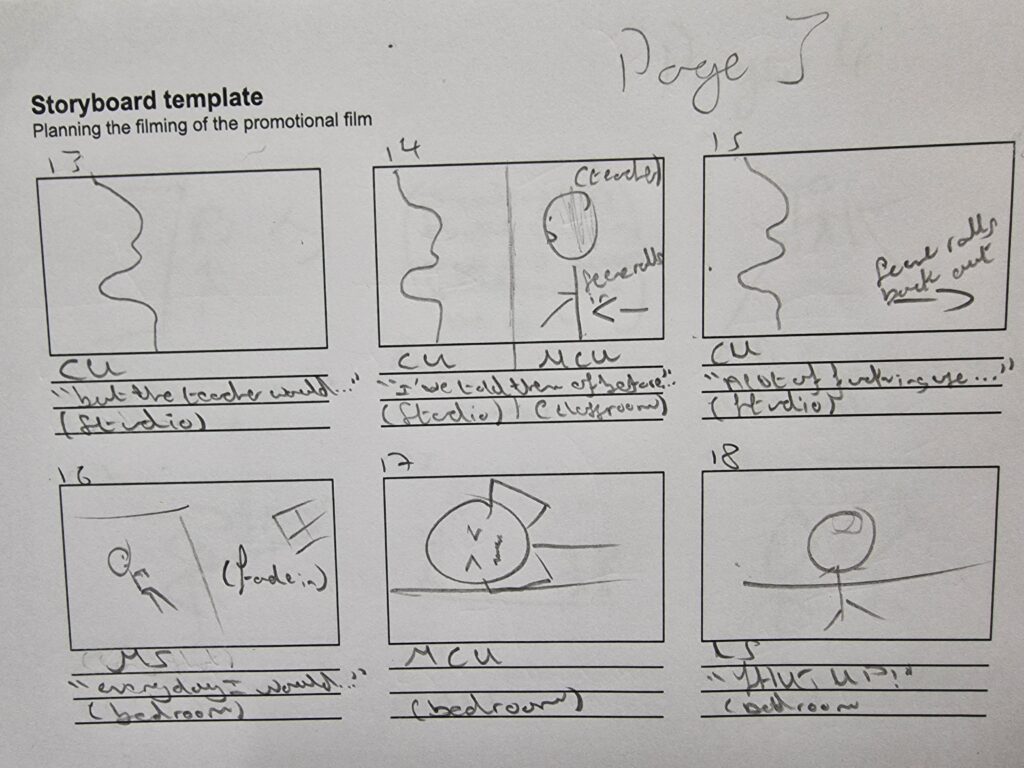
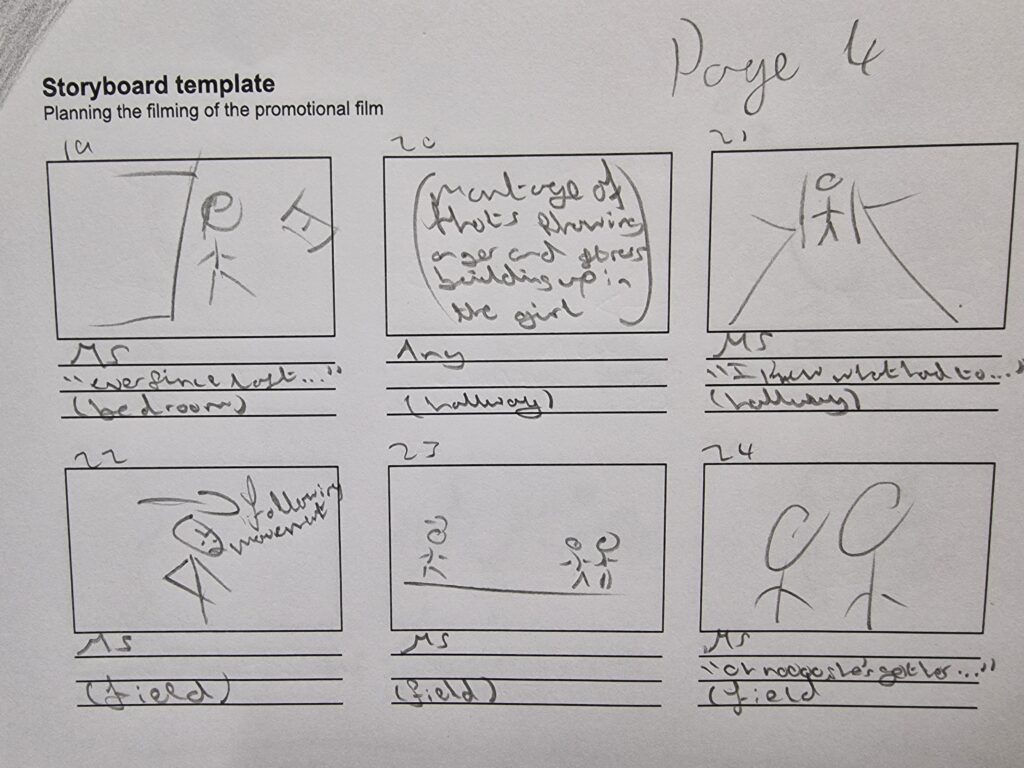

mise en scene: In city of god the Mise en scene is really good. The directors thought about the different time period of the film and altered the sets to match those in real life. for example: the drug house is very bare and has little decoration of warmth about it. However Bernice’s house is more homely and has utensils and decorations on the walls like pots and pans
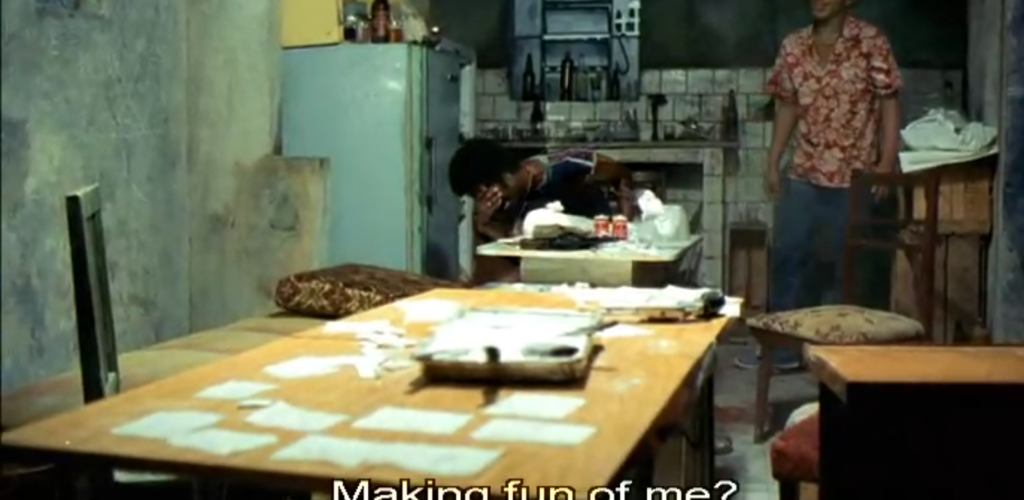
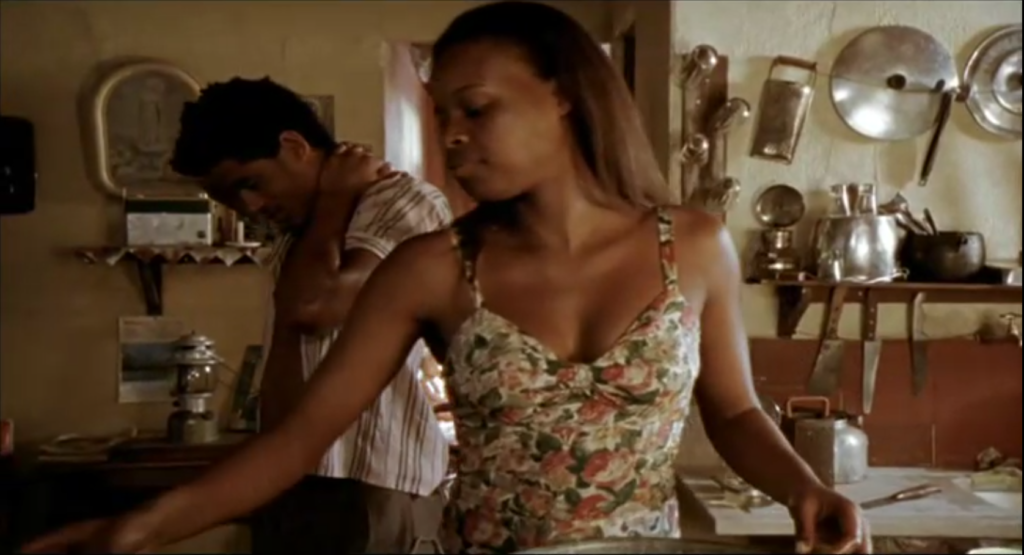
sound: The use of needle drops build suspense as it gets the audience more engaged. In this case it is bunny’s death which turns out to be a massive turning point in the narrative of the film.
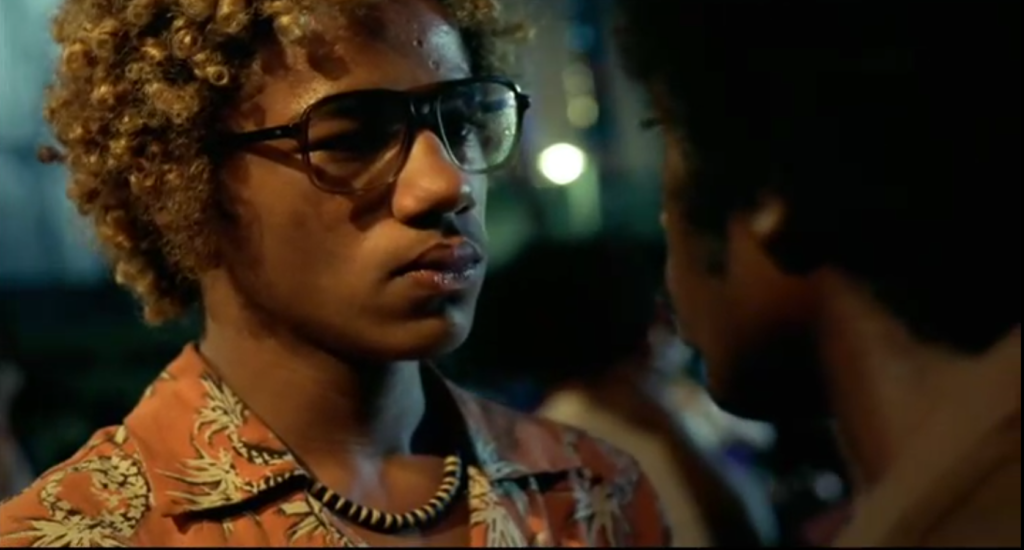
The use of Leit Motifs such as the ones use for Lil ze and goose; are used as it make the audience make the connection between the music and the character. The music also describes the character such as there intentions or personality like with lil ze. His leitmotif is more rash and rough music
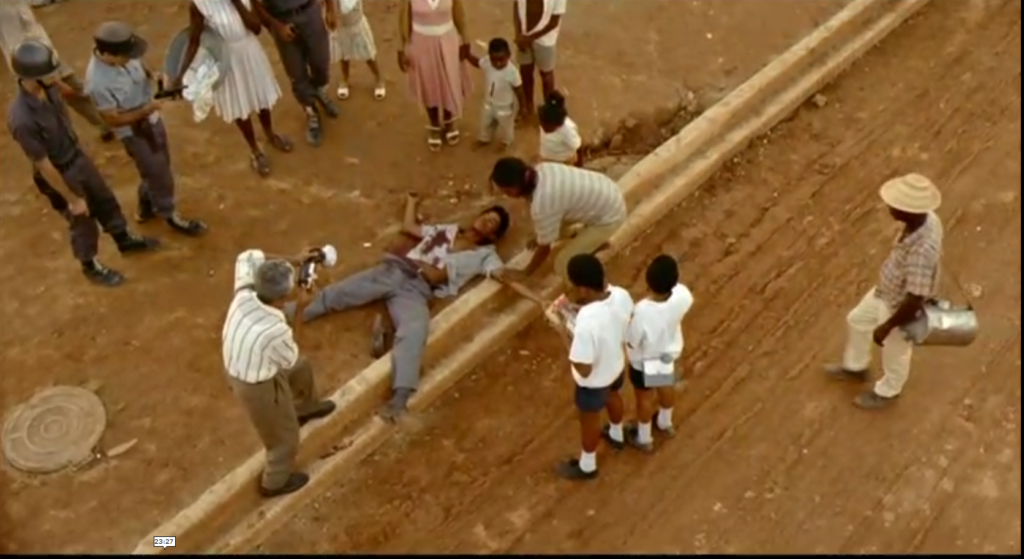
cinematography
The use of 360 degree shots in this scene is very clever as it describes the entire narrative. On one side you have Lil ze and the gangs such as Carrots etc and on the other side you have the police who are trying to stop the conflict. In the middle is rocket who isnt one a certian side and is trying to document the whole thing.
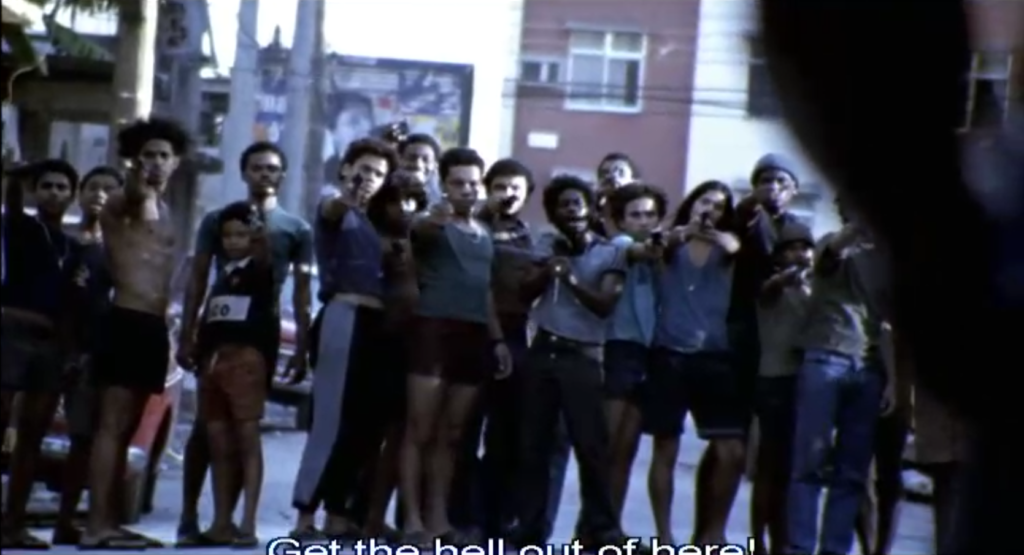
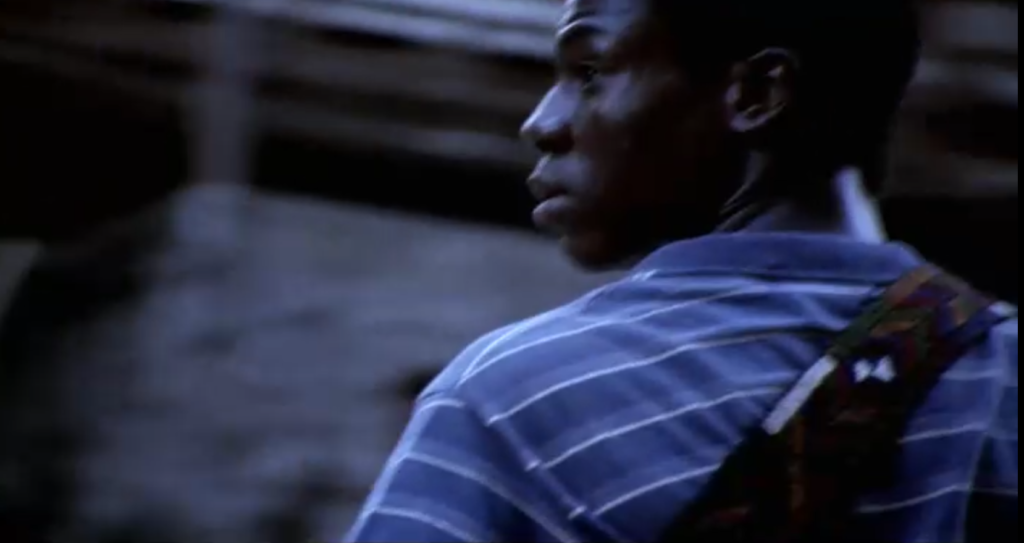

editing
the use of the captions maker it clearer when a subplot has begun and helps give context behind certain characters
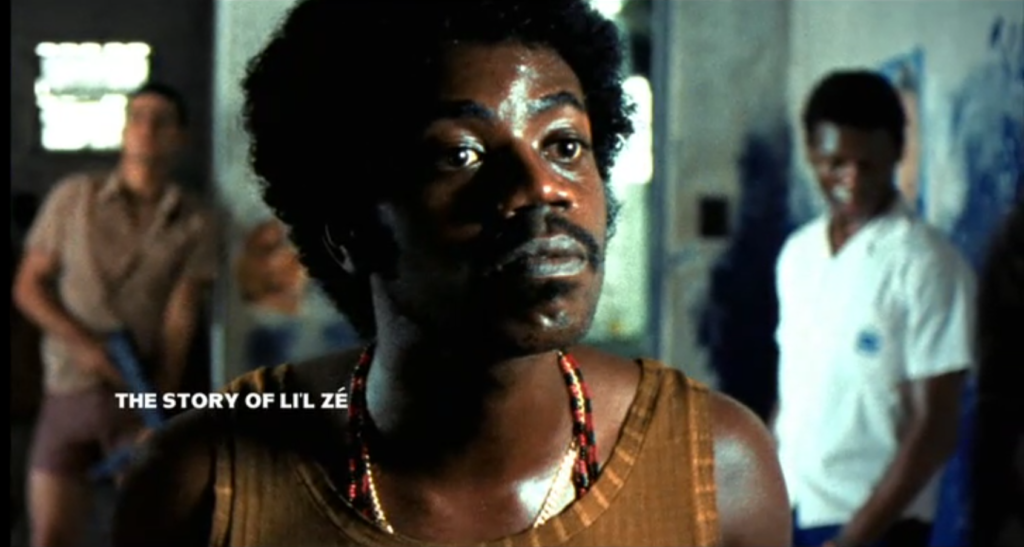
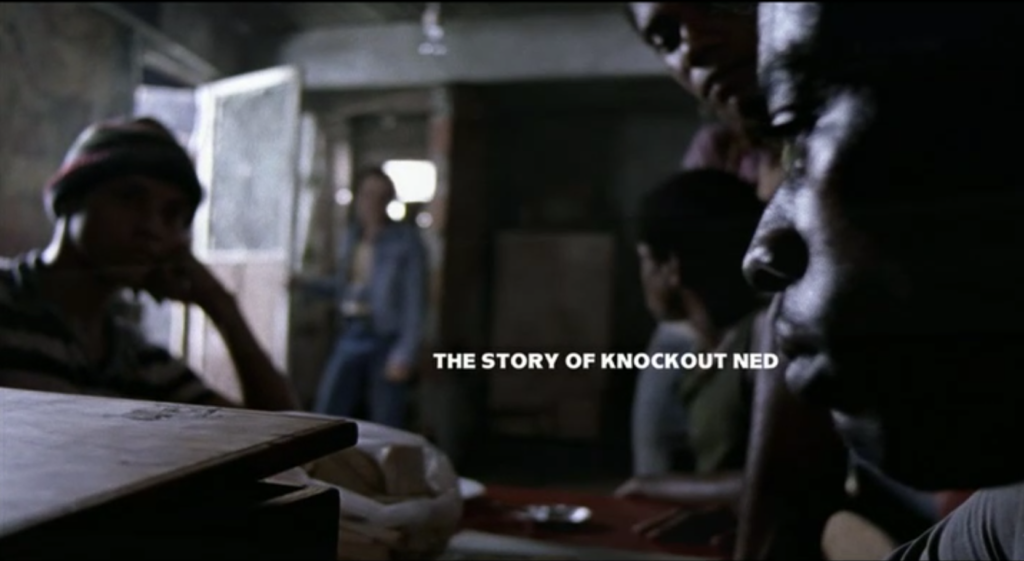
Part A: The important characters of City Of God are almost all male. Women in the film are presented as simply bodies for men to carry out acts of violence against them. An example of this is the Wife of Shorty who is murdered by Shorty after having sex with goose. In this regard, Gender in the film is not presented equally and is favoured towards men

Part B: How does director Del Toro use Aesthetics?
Tone: The overall Tone of the film is that of perilous violence. We see many different narratives of characters end with bloodshed. This happens to villainous characters such as Lil Ze, however it also effects good people like Goose and Benny. We see countless acts of violence throughout the film to men, women and children which showcases the poor situation the city is in.
Visual Style: The film begins with brighter colours within the slums. During darker moments in the film the visual style switches. The atmosphere created when Benney dies changes significantly from the colourful and joyful disco to the dark and gloomy streets.
Realism: The film is very realistic in its portrayal of the rough streets of Brazil. Since the film is based off of a true story, a lot of realism is involved as it enhances the viewing experience. An example of this is the any gun fight scene. The scene’s present gunfights as short and quick. This is different to other movies which follow more overdramatic gunfights.
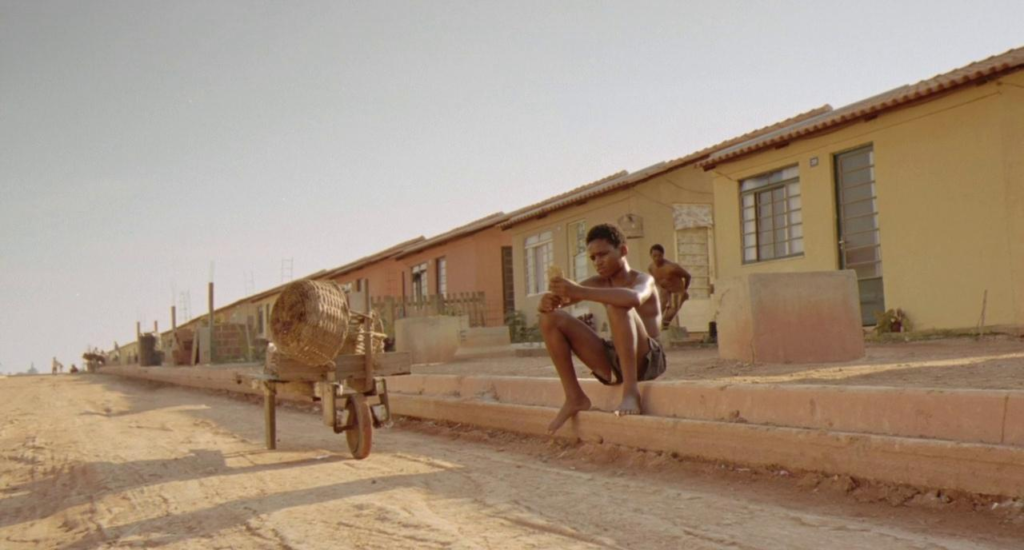
Sound –
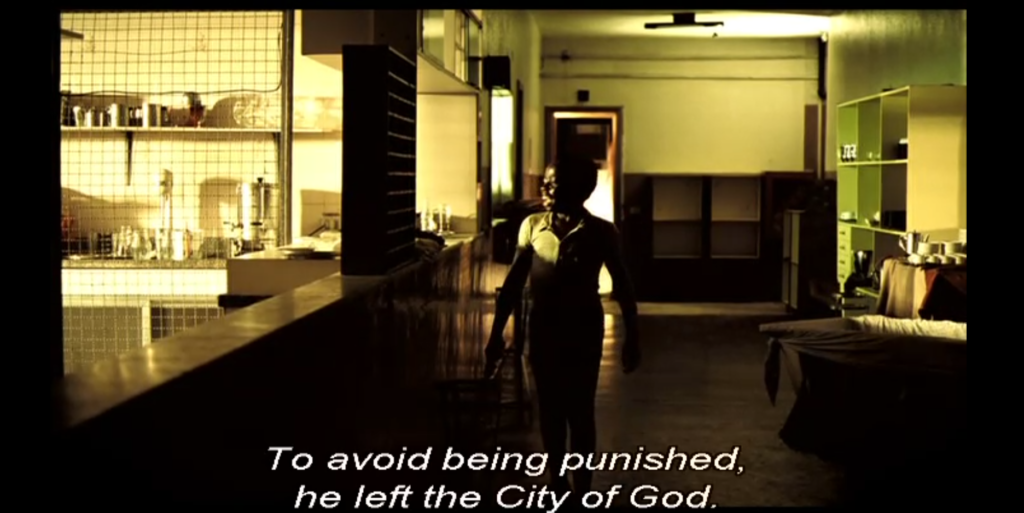
By having the main protagonist, Rocket, narrate the entire film this places us in his eyes and throughout the course of events within the film, As we are seeing these events and what led up to them from the films non-linear structure, we are able to see his narration as the narrative “truth”. Another example that can be heard is the soundtrack, which is all historically accurate to the timer periods in the film and is used in conjunction to scenes that have action, or are summarising events.
Mise en scene –

The mise en scene of Lil Dice converting into Lil Ze is done through a voodoo christening ceremony to evoke the dead and sanctifies his violent behaviour. the overall design of the setting including items such as the voodoo doll and candles as well as the aeshetic tone of being mysterious, this stuck out as it provides the further info about his character as to why he behaves the way he does as he believes he’s free from consequences.
Cinematography –
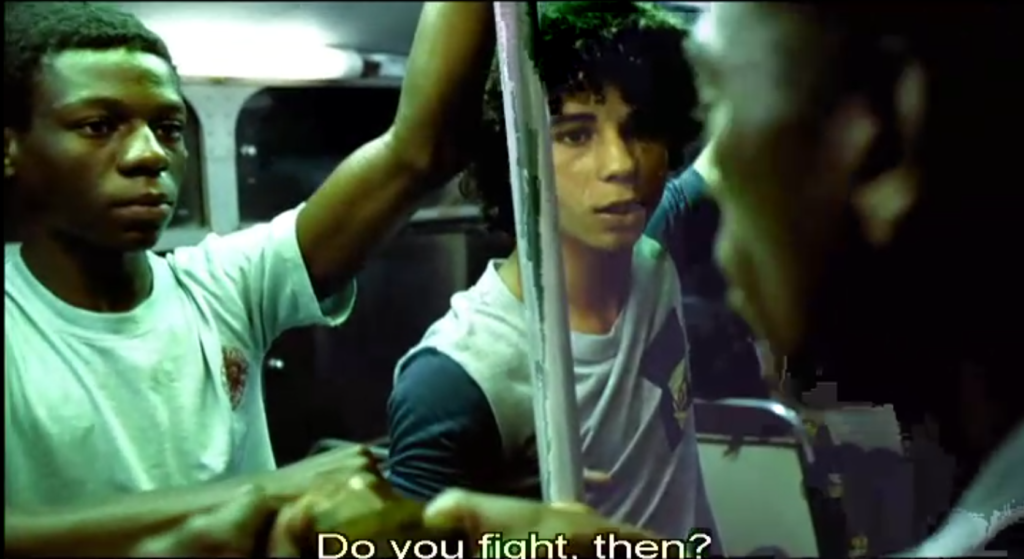

The use of handheld shots creates an immersive experience of the film where the audience are there with the characters experiencing what they are. with shots positioned at angles on surfaces this makes it feel as if we the viewers are watching it as a fly on the wall.
Editing –
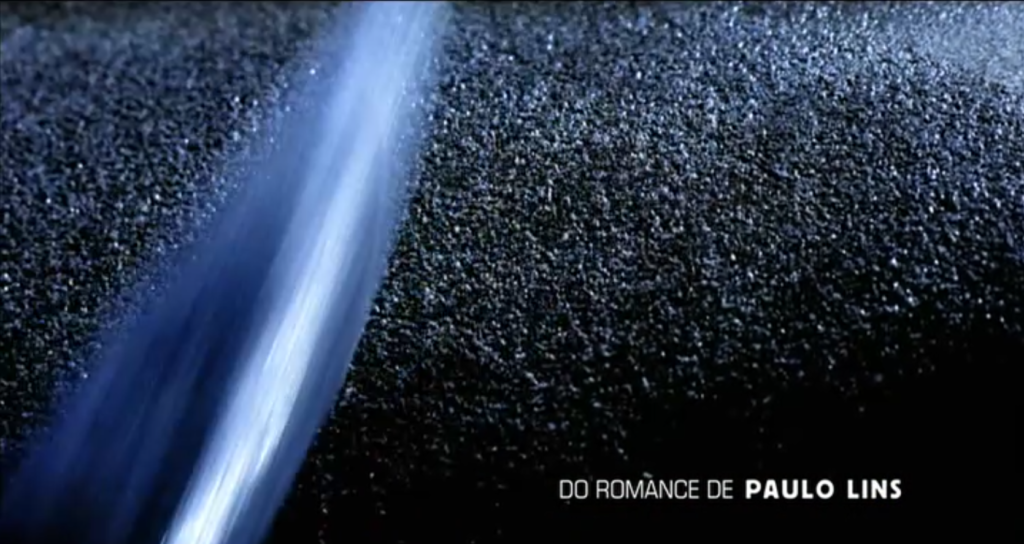

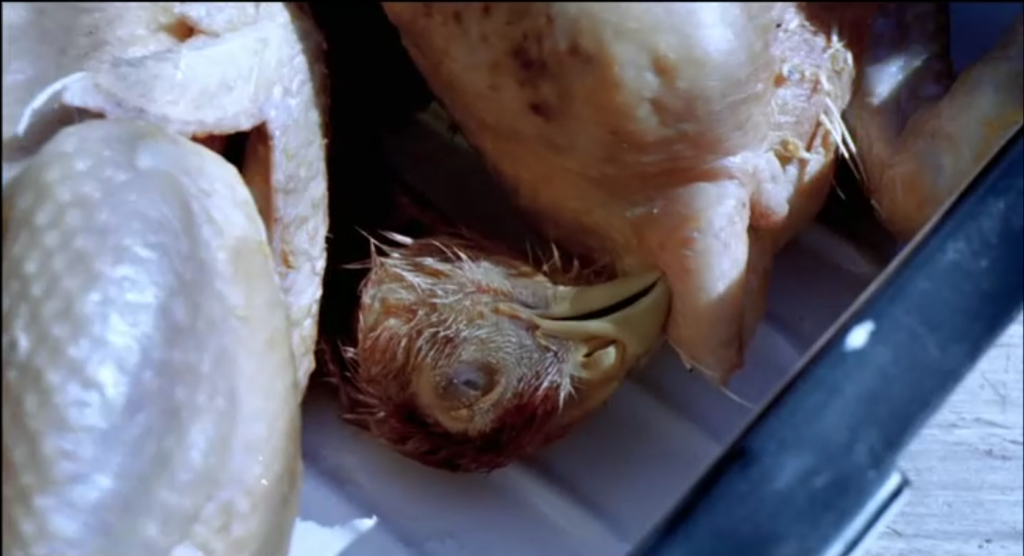
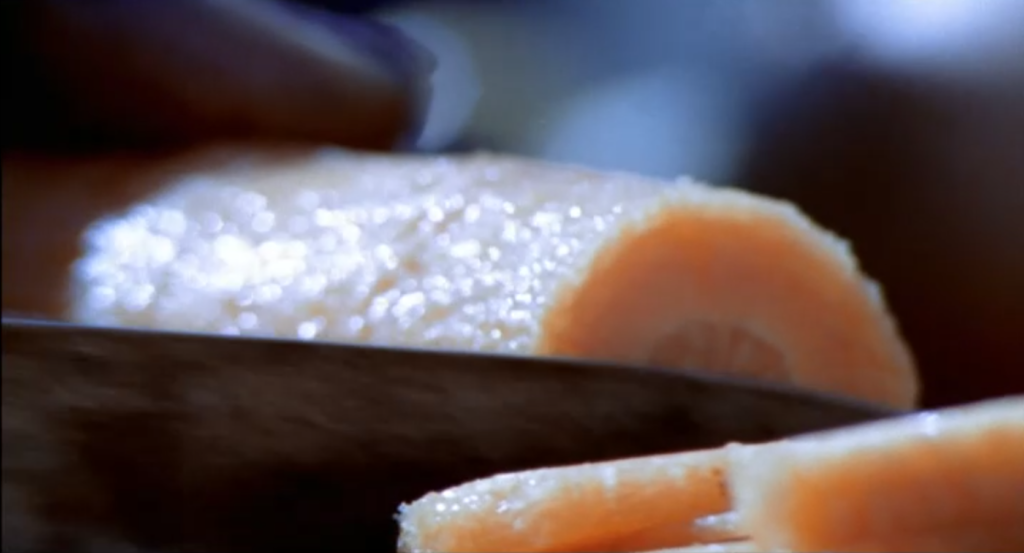
Through fast cuts in a sort of rhythmic montage to the soundtrack of Brazilian samba music, a busy cook-out can be depicted through the use of these fast close-ups.
Sound

City of God utilises sound in this scene, as his prayers are used as narration as he joins the church and abandons his gang lifestyle. This contrast with his sinful lifestyle, and shows his sudden salvation to God and a lifestyle of faith grants him the luck of not being shot by the police, thus extenuating the tragic and dangerous reality of living a life crime.
Mise-en-Scene



Fernando Meirelles crafts this scene with the use of mise-en-scene, it aids the storytelling whilst communicating time passing. The different elements that make up the room tells the spectator a lot of information about the owner of the drug empire at that time, such as their success rate and cumulative decline in safety and credibility.
Cinematography


The use of cinematography, specifically lighting in this scene communicates an array of ideas to the spectator. The first being, a connection to a main motif present in the film; photography. The use of strobe lighting gives the sense of the whole scene being captured in snapshots of a camera, similar to the one Rocket is gifted, from Benny, and then stolen, from lil’ Ze. Not only does this further a significant motif of taking pictures, this also amplifies the suspense in this scene for the spectator, the lighting matches the tone of the scene, and builds tension when things go south.
Editing


The cyclical structure of City of God’s narrative is a clear example of where editing is used to create meaning in the film. The movie begins in what is called ‘en media-ris’, where the scene starts in the middle of a key event. The film then picks up this narrative strand in the falling action of the film, it provides context within the scene, and shows how this scene is in a way one of the most important; it is where the day the war between both business comes to a violent end. Rocket is significantly places between both sides; one being the lifestyle of a criminal and drug dealer, and the other the police, representing a life of morality and ethics, this could be argued to be the motive or ‘message’ of City of God; the culture of gangs and violence being something that is a last resort for poverty or even something that is brought on by the idea of ‘masculinity’ and proving yourself.
Sound – City of God uses narration from Rocket so that the audience sees the events from his perspective and interpret them how he did, as well as simply using it to build an understanding of the city. This is impactful as spectators then wish to see Rocket’s character succeed more so than any other individual in the narrative, and grow familiar with the people around him.

Mise-En-Scene – The run-down appearance of things like houses and cars reinforces the idea that the City of God is not a nice area of Brazil to live in, and is where poorer people are based.


Cinematography – POV shots are used when Rocket watches the release and subsequent murder of Lil Ze. These place spectators in Rocket’s position, with them witnessing the events through what is intended to be the lens of his camera. The fact that these shots appear through his camera is reinforced by the fact that the same shots later appear in the diegetically, through the newspaper.



Editing – Rhythmic montage, one of the five soviet editing techniques, is used in the opening scene. There is a cut at every action that is done (instruments being played, vegetables being cut, chickens moving, etc). This creates a sense of rhythm and energy, immediately immersing spectators in what is being presented to them.



Sound- The film features many instances of Diegetic Sounds such as the sound of loud traffic and the sharpening of knives. This impacts the audience as it immerses them in the world more. For example, the audiences will feel threatened at the sound of the knifes.

Mise en scene- This is featured in many different ways to subtly explore ideas in the film. One example of this is the contrast between the gangsters and the runts. Lil Zee’s gang often wear bright coloured shirts and jewellery. This is contrast to the “runts” or kids who are living in poverty who wear ragged dirty clothes. This shows the audience the power gap between these two factions and their status as well as making the audience feel bad for them.
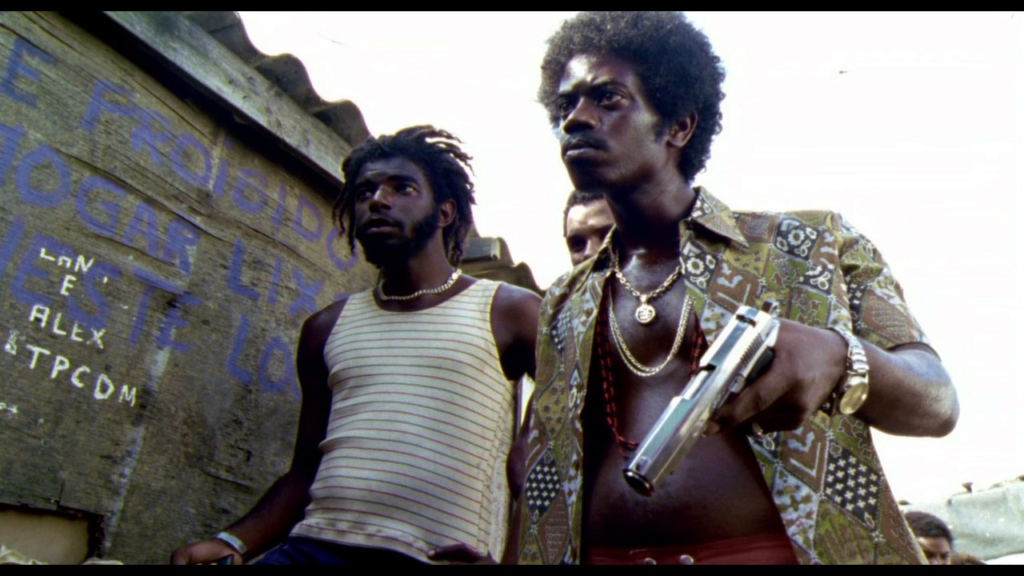
Cinematography- An example of the Cinematography is the usage of extreme close up shots. These are used to reinforce the deprivation of poverty within the film. This can be seen with the extreme close up shots of residents of the slums. Dutch angles are also used to disorientate the viewer in intense scenes.

Editing- The main style of editing within the film is cross cutting. This is used to present events occurring at the same time. This is often used to showcase the violent setting and how it effects many people through different narratives. An example of this is the cross cutting between Lil Ze and Carrot’s gang.
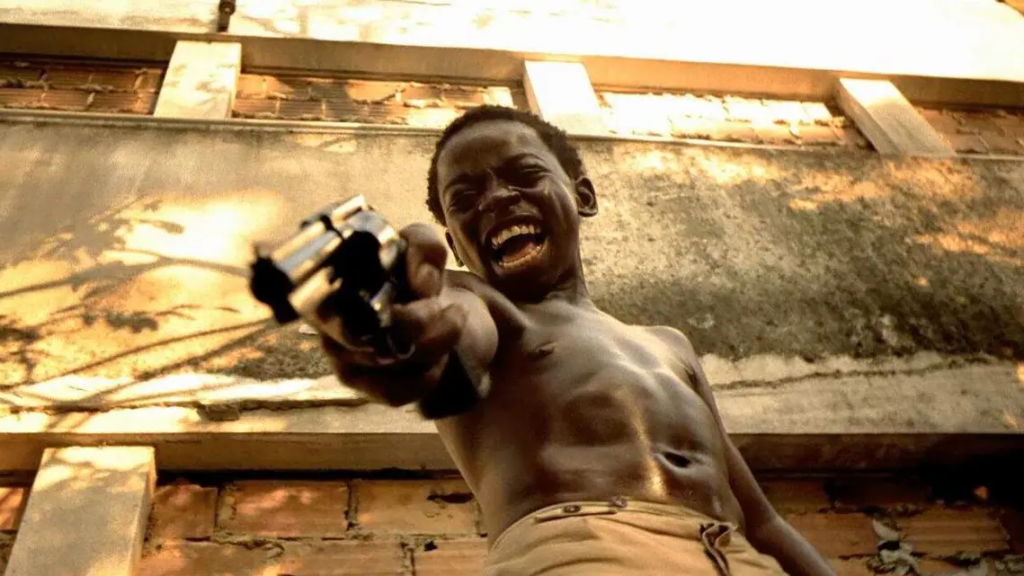
mise en scene: The mise en scene of the city of god consists of wide open spaces, drier locations and run down housing. This gives a barren and poor feeling to the slums which presents further of how harsh it can be to grow up in.
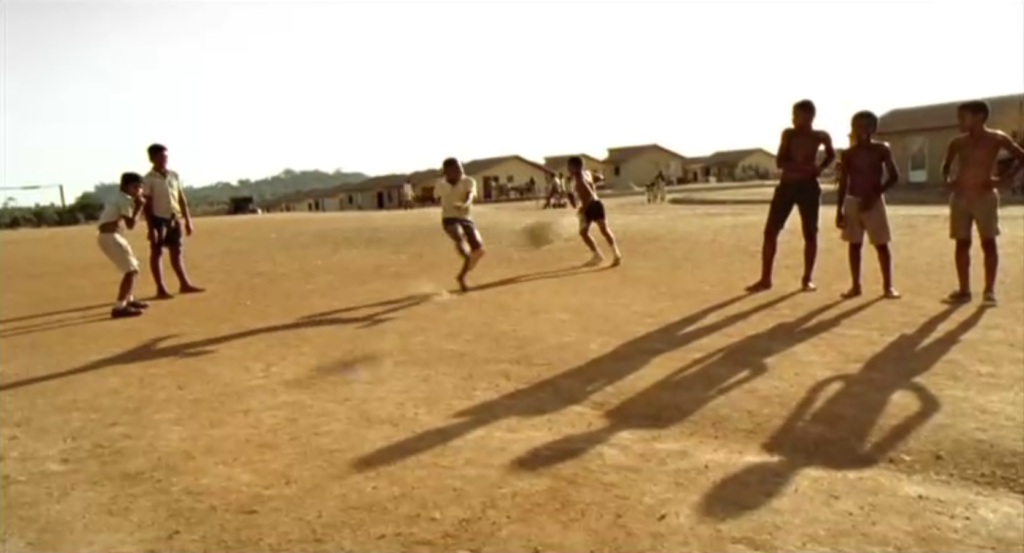
cinematography: Throughout the whole film hand held camera shots are used. This shaky effect gives off a sense of realism as the imperfect camera gives of the impression that the film is more of a documentary than fiction. It is also seen to build tension as seen when lil ze takes over carrots apartment. This techniques allows the audience to see the fear and unease the other characters feel.
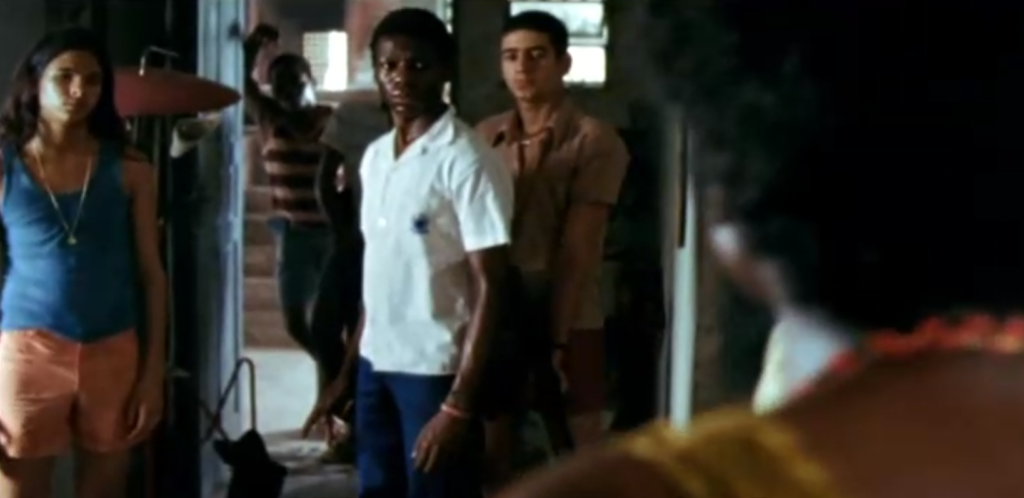
sound: narration from Rocket is used throughout the film to give the audience important context that they might not have known beforehand allowing them to get more immersed within the plot. An example seen here when he is describing the tender trio who have a bigger role later on.
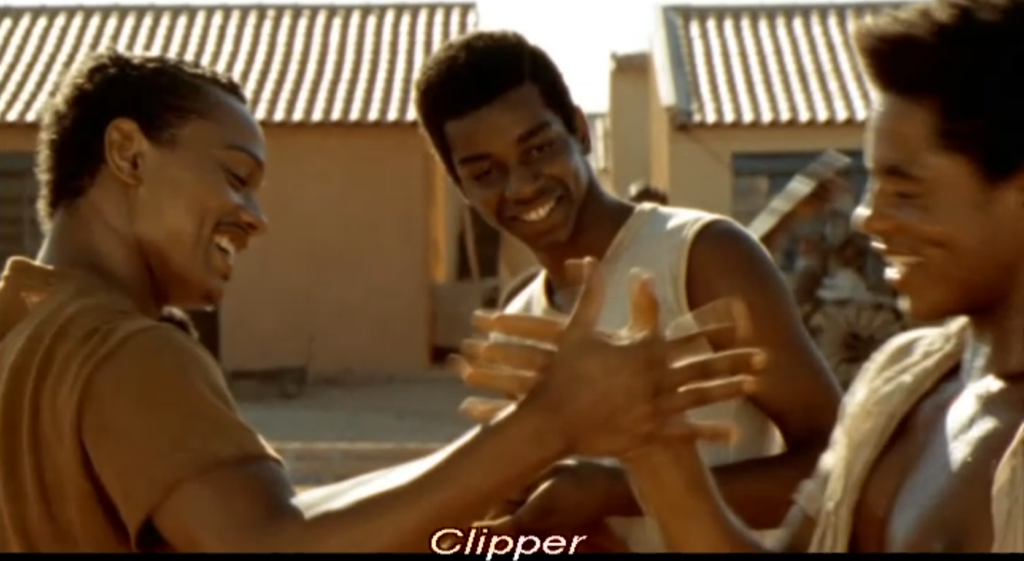
editing: a form of metric montage is used to portray lil ze as an extremely violent character. With different clips of him shooting a gun as he progressively gets older showing how he is an inherently bad person with no signs of redemption.
